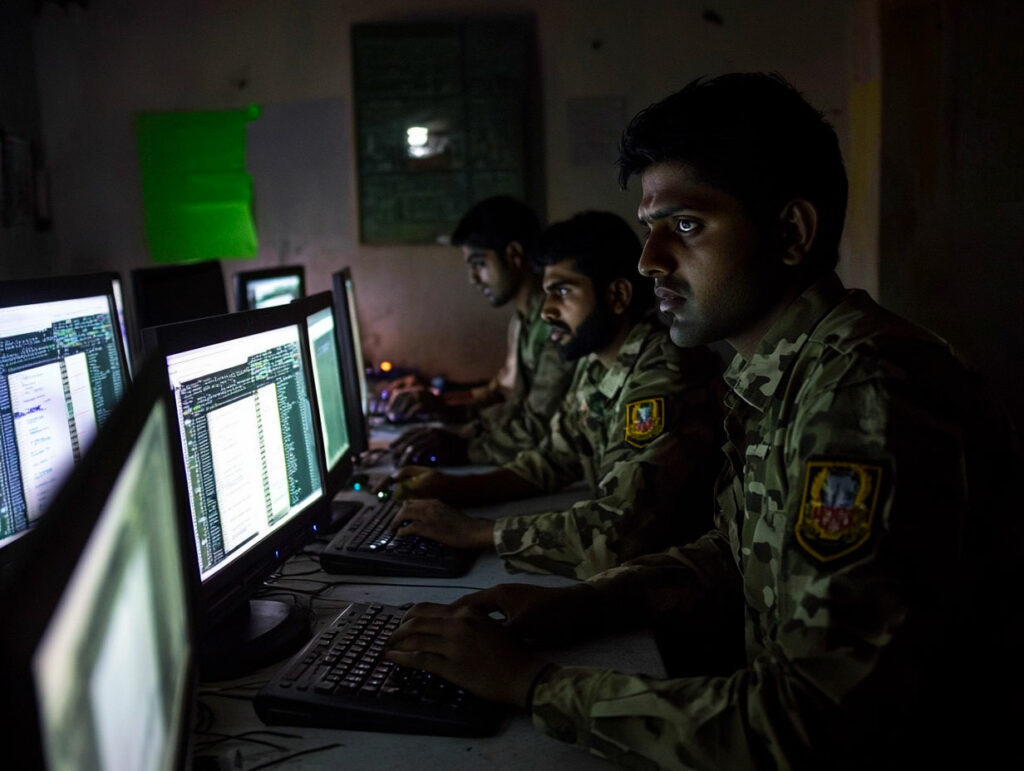
Brief technical overview of RAW, the Indian secret service: recruitment, units, missions and strategic issues. Full explanation of its role.
The Research and Analysis Wing (RAW) is part of India’s foreign intelligence service. Created in 1968, it operates under the authority of the Prime Minister through the Cabinet Secretariat. Its main objective is to secure Indian interests in various international contexts. The number of staff remains confidential, but its presence is considered crucial in the fight against any foreign threat, be it military, terrorist or economic.
Historical background
Prior to the creation of RAW, the Intelligence Bureau (IB) already covered domestic and foreign intelligence. However, the conflicts of 1962 and 1965 demonstrated the need for a specialized service outside the country’s borders. Under the leadership of Rameshwar Nath Kao, the RAW was set up to gather strategic information and anticipate potential crises. Over the years, its scope of action has broadened to include…

Main missions
RAW’s missions include international military, political and technological intelligence gathering. The organization monitors the activities of extremist groups and assesses the defensive capabilities of neighboring countries. It is also interested in economic issues, such as the protection of intellectual property. Its analyses feed into the Indian government’s decisions, especially during sensitive negotiations. This information enables the Indian special services to refine their defense and diplomatic strategies.
Internal organization
RAW’s internal organization is divided into sections dedicated to geopolitical assessment, electronic surveillance and counter-propaganda. Each branch has specialists capable of handling complex tasks, such as intercepting encrypted communications. A Secretary of Intelligence, reporting directly to the Cabinet Secretary, oversees the whole operation. Several regional units are responsible for specific geographical areas. This sector-based approach ensures a precise understanding of local realities.
Recruitment and training
Recruitment is carried out through a variety of channels. Candidates from the armed forces, the Intelligence Bureau or the civil service often join RAW. The criteria demand impeccable integrity, robust analytical skills and total discretion. New recruits undergo training that includes human intelligence, cryptography, electronic espionage and source management. Practical exercises validate their ability to operate in sensitive environments.
Information gathering methods
RAW employs a variety of methods to collect data. Human intelligence (HUMINT) involves placing agents or informants in critical areas. Technically, the agency uses advanced surveillance methods, including telephone tapping and signal interception. Observation satellites provide overviews, while drones make it easier to inspect difficult areas. Massive data analysis also helps identify emerging threats.
Internal and external cooperation
India’s intelligence services, including RAW, sometimes collaborate on common issues. With the Intelligence Bureau, they share information on terrorist networks and criminal groups. Internationally, RAW can establish targeted contacts with other intelligence services. However, confidentiality remains a priority, and external collaborations follow rigid protocols. Coordination protects India from multiple risks, both internal and external.
Budget and resources
RAW’s budget is kept secret. Some estimates put it at between 500 million and 2 billion euros a year. This envelope covers operational costs, technological research and ongoing training for agents. A significant proportion is devoted to cybersecurity systems, reflecting the growing importance of digital warfare. Obtaining sophisticated equipment, such as cryptanalysis devices, is also among the organization’s financial priorities.

Specialized units
Among the specialized units is one dedicated to counter-espionage. It is dedicated to identifying and neutralizing any foreign intrusion into Indian territory. Another unit is dedicated to cyber-defense, assessing threats from the darknet. In certain border areas, units operate to monitor possible insurgent movements. Finally, a section is geared towards psychological warfare, fighting the spread of disinformation aimed at undermining Indian interests.
Controversies and controversies
RAW has found itself at the center of regional controversies. Some observers accuse the agency of interfering in the politics of neighboring countries. There are allegations of covert operations to influence elections or internal conflicts. Although difficult to verify, these elements suggest that RAW acts on multiple fronts to support India’s position. For its part, the organization insists on the legitimacy of its defensive actions.
Geopolitical impact
From a geopolitical standpoint, RAW’s presence strengthens India’s position in the face of potential adversaries. The information it provides enables the government to prepare rapid responses or forge circumstantial alliances. In a region marked by frequent tensions, reliable intelligence serves as a strategic lever. The actions of this service are therefore part of a global policy aimed at preserving India’s stability and influence.
Cyber defense and technologies
Cyberspace represents a major challenge for India’s intelligence services. RAW is constantly developing new techniques to detect computer attacks, particularly against critical infrastructures. Security experts are researching sophisticated viruses and malware capable of sabotaging strategic networks. In addition, the digitization of the economy is creating opportunities for online crime, forcing the agency to strengthen its digital defenses.
Transparency and accountability
RAW’s democratic control remains a sensitive issue. The institution does not publish detailed reports or report regularly to Parliament. Some analysts advocate greater transparency, to avoid potential abuses of power. However, the Indian government believes that discretion protects the efficiency of the service. This situation illustrates the delicate balance between national security and governance requirements in a country as vast as India.
Defense support
In the military field, RAW’s analyses guide the purchase of equipment and the definition of operational doctrines. RAW also plays a key role in cross-border crises, providing the armed forces with precise alerts. Past examples show that good coordination can prevent military escalation. The information gathered, corroborated with that of other agencies, strengthens India’s defense plan and guides diplomatic negotiations in international forums.
Overall assessment
Over the decades, RAW has established itself as a central player among India’s intelligence services. Its missions cover border protection, the fight against asymmetric threats and the surveillance of crucial economic sectors. Faced with the challenges of the 21st century, the organization invests in technology and the recruitment of specialized profiles. Its effectiveness remains difficult to measure publicly, but its influence on India’s security remains crucial.
War Wings Daily is an independant magazine.